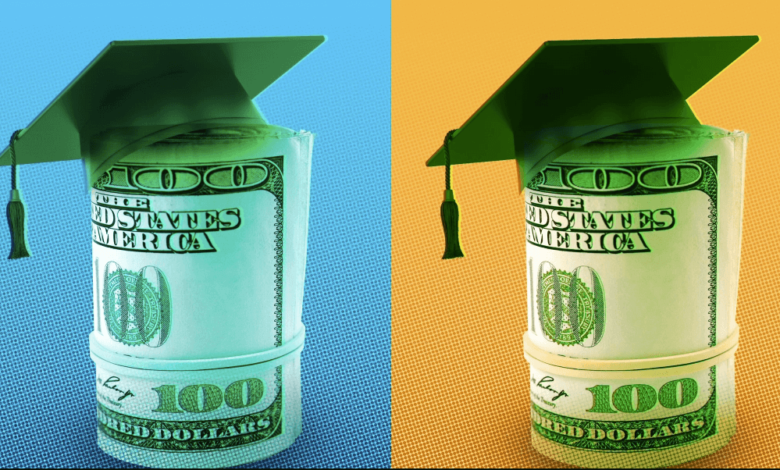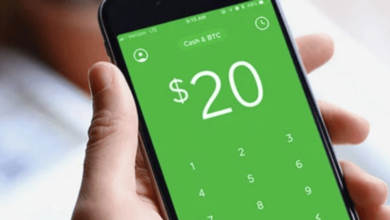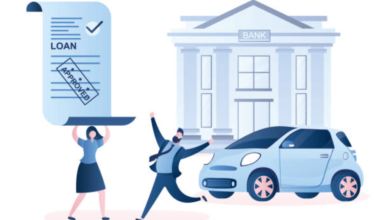
What is a Direct Subsidized Loan? A Comprehensive Guide
Direct Subsidized Loans are a type of federal student loan that offers financial assistance to undergraduate students with demonstrated financial need. These loans are provided by the U.S. Department of Education and are designed to help students cover the cost of their education while keeping interest charges to a minimum. In this article, we will explore the key aspects of what is a Direct Subsidized Loans, their benefits, eligibility requirements, and how they differ from other types of student loans.
1. Introduction
Pursuing higher education can be financially challenging, and many students rely on student loans to fund their studies. Direct Subsidized Loans are an excellent option for eligible undergraduate students as they come with several benefits that can alleviate the burden of student debt.
2. Understanding what is a Direct Subsidized Loan
A Direct Subsidized Loan is a type of federal student loan that is available to undergraduate students who demonstrate financial need. The loan’s “subsidized” nature means that the government pays the interest on the loan while the borrower is in school at least half-time, during the grace period, and deferment periods. This feature makes what is a Direct Subsidized Loan more affordable compared to other types of student loans.
3. Eligibility Criteria
To be eligible for a Direct Subsidized Loan, students must meet certain criteria. They must be enrolled at least half-time in a degree or certificate program at a participating school. Additionally, they must be U.S. citizens, eligible non-citizens, or have a valid Social Security Number. Demonstrating financial need is also a prerequisite for receiving a Direct Subsidized Loan.
4. How to Apply for a Direct Subsidized Loan
To apply for a Direct Subsidized Loan, students need to complete the Free Application for Federal Student Aid (FAFSA). The FAFSA collects information about the student’s financial situation, and based on that, determines their eligibility for federal financial aid programs, including Direct Subsidized Loans. It is essential to submit the FAFSA as soon as possible to maximize the chances of receiving financial aid.
5. Interest Rates and Loan Limits
Direct Subsidized Loans have fixed interest rates, which are typically lower than those of private student loans. The interest rates for these loans are set by Congress and may vary each year. The loan limits depend on the student’s year of study and whether they are considered dependent or independent. The loan limits are designed to prevent excessive borrowing and promote responsible student loan practices.
6. Benefits of Direct Subsidized Loans
One of the significant benefits of Direct Subsidized Loans is the interest subsidy. As mentioned earlier, the government covers the interest while the borrower is in school, during the grace period, and deferment periods. This means that the loan balance does not grow during these periods, providing financial relief to students. Additionally, Direct Subsidized Loans offer flexible repayment plans and options for loan forgiveness or cancellation for those who qualify.
7. Repayment Options
After graduation or dropping below half-time enrollment, students typically enter a six-month grace period before they need to start repaying their Direct Subsidized Loans. During this period, interest does not accrue, giving borrowers time to find employment and stabilize their financial situation. There are various repayment plans available, including standard, graduated, income-driven, and extended plans, allowing borrowers to choose an option that best suits their financial circumstances.
8. Differences Between Direct Subsidized and Unsubsidized Loans
It’s important to understand the differences between Direct Subsidized Loans and Direct Unsubsidized Loans. While both loan types are provided by the federal government, the key distinction lies in how interest is handled. With Direct Subsidized Loans, the government pays the interest during specific periods, as mentioned earlier. On the other hand, Direct Unsubsidized Loans accumulate interest from the day the loan is disbursed, and borrowers are responsible for paying it.
9. Frequently Asked Questions
Q1: Can graduate students receive Direct Subsidized Loans? A1: No, Direct Subsidized Loans are only available to undergraduate students.
Q2: Is there a maximum income limit to qualify for Direct Subsidized Loans? A2: There is no specific income limit to be eligible for Direct Subsidized Loans, as they are primarily based on demonstrated financial need.
Q3: Can Direct Subsidized Loans be consolidated with other federal loans? A3: Yes, Direct Subsidized Loans can be consolidated with other eligible federal student loans.
Q4: How long do I have to repay a Direct Subsidized Loan? A5: The standard repayment period for Direct Subsidized Loans is ten years, but borrowers may choose alternative repayment plans that extend the repayment period. Read more…
10. Conclusion
what is a Direct Subsidized Loan provide valuable financial support for undergraduate students with demonstrated financial need. By covering the interest during specific periods, these loans offer affordability and financial relief. It’s crucial for students to explore their options and understand the terms and conditions of Direct Subsidized Loans to make informed decisions about funding their education.



